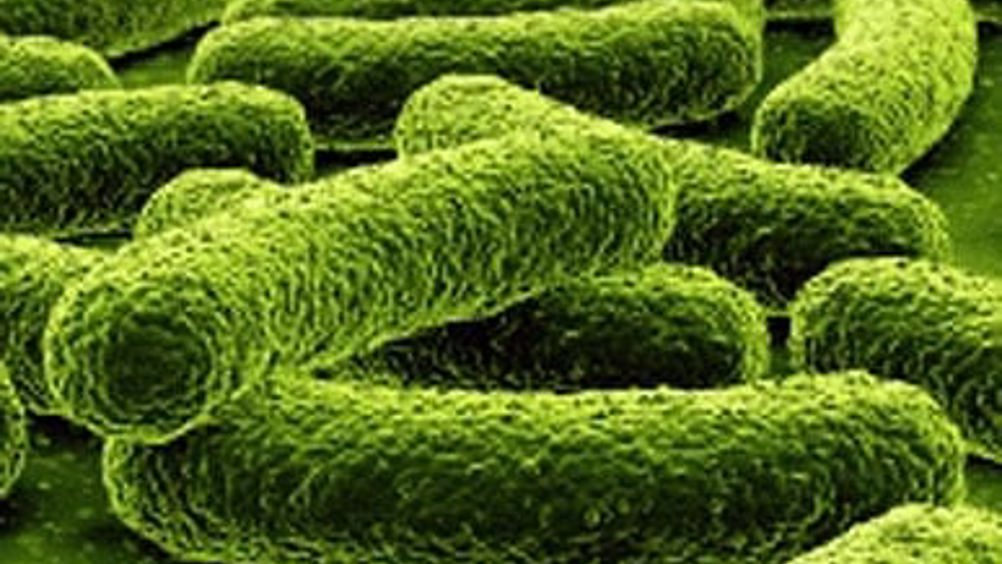Electronic implant dissolves after treating bacterial infection
Researchers have demonstrated a resorbable electronic implant that eliminated bacterial infection in mice by delivering heat to infected tissue when triggered by a remote wireless signal.

The silk and magnesium devices then harmlessly dissolved in the test animals. The technique, developed at Tufts University in collaboration with the University of Illinois at Champaign-Urbana, had previously been demonstrated only in vitro. The research is published online in the Proceedings of the National Academy of Sciences.
‘This is an important demonstration step forward for the development of on-demand medical devices that can be turned on remotely to perform a therapeutic function in a patient and then safely disappear after their use, requiring no retrieval,’ said senior author Fiorenzo Omenetto, professor of biomedical engineering and Frank C. Doble professor at Tufts School of Engineering. ‘These wireless strategies could help manage post-surgical infection, for example, or pave the way for eventual ‘wi-fi’ drug delivery.’
According to Tufts, implantable medical devices typically use non-degradable materials that have limited operational lifetimes and must eventually be removed or replaced.
The new wireless therapy devices are robust enough to survive mechanical handling during surgery but designed to harmlessly dissolve within minutes or weeks depending on how the silk protein was processed, the paper’s first author, Hu Tao, Ph.D said in a statement.
Register now to continue reading
Thanks for visiting The Engineer. You’ve now reached your monthly limit of news stories. Register for free to unlock unlimited access to all of our news coverage, as well as premium content including opinion, in-depth features and special reports.
Benefits of registering
-
In-depth insights and coverage of key emerging trends
-
Unrestricted access to special reports throughout the year
-
Daily technology news delivered straight to your inbox










Water Sector Talent Exodus Could Cripple The Sector
Well let´s do a little experiment. My last (10.4.25) half-yearly water/waste water bill from Severn Trent was £98.29. How much does not-for-profit Dŵr...